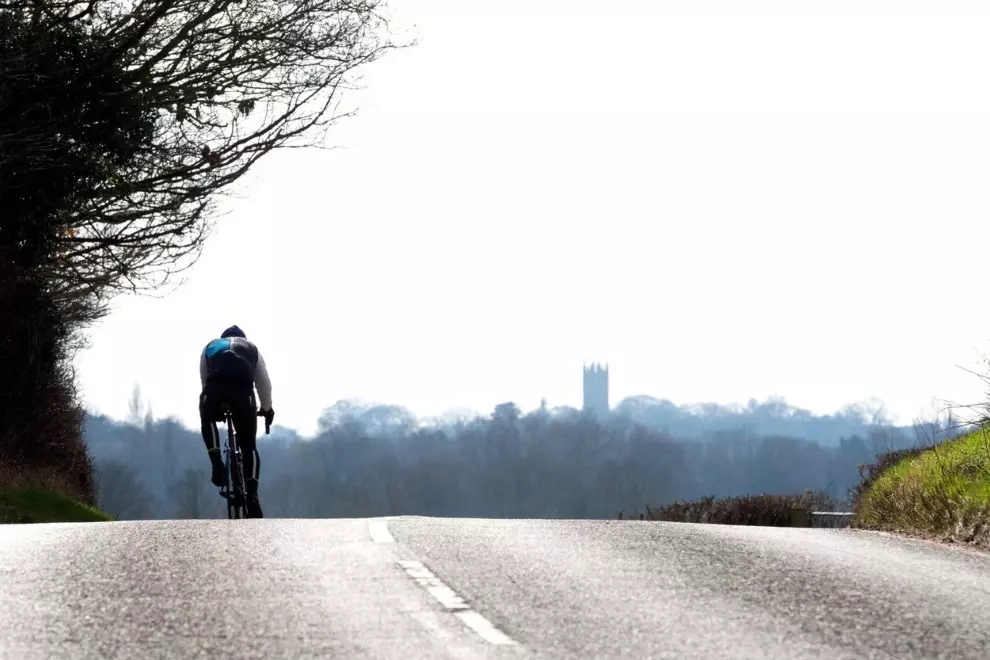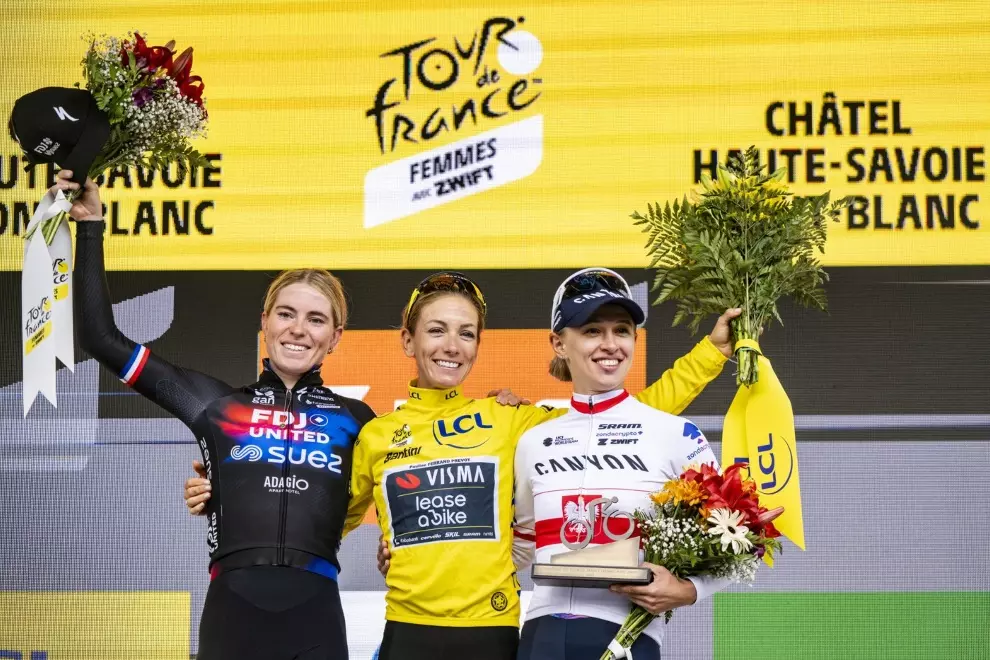In addition, the first five cyclists in a stage received 12 points for every minute they arrived ahead of the stage’s sixth-place finisher. For every point scored for the mountains classification, two points were given for the points classification. Points could also be won on intermediate sprints: eight for the winner, six for the second, four and two for the third and fourth, respectively. The points classification was then sponsored by the Italian tire manufacturer Pirelli and the leader wore a blue jersey with yellow fish on it.
Though Pirelli said the points classification competition had been a great success, it was dropped from the race for 10 years, reappearing in the 1955 Vuelta with a changed method of calculating points. Then it used the method of adding up the stage ranks, as did the points classification in the Tour de France at the time. This meant that the rider with the fewest points won the competition. And, just as in the Tour, the leader of the points classification now wore a green jersey. In 1963, the points system changed so that points were given to the first cyclists to reach the finish, and the cyclist with the most points was the leader.

Unlike in the Tour de France, the green jersey in the Vuelta has not necessarily been the exclusive property of the sprinters. That’s because an equal number of points were traditionally awarded in the mountains as in the flat stages. Because of the high number of mountain stages and summit finishes in the Vuelta, there has often been a correlation between the general classification and the green jersey. For example, Alejandro Valverde, who has never been known as a great sprinter, has won the Vuelta green jersey four times, as did the French puncheur Laurent Jalabert.
Speaking of Alejandro Valverde, it was him who became the first holder of the Škoda Green Jersey in 2015; the year that marked the beginning of Škoda’s sponsorship of the Vuelta’s green jersey. It’s a natural partnership, considering the fact that Škoda began operations as a manufacturer of bicycles in 1895.
Chris Froome won the Škoda Green Jersey in 2017 and three-time Vuelta GC winner Primož Roglič won it in 2019 and 2020, while also winning the GC those years. However, sprinters have also had their share of green-jersey success in the race, with three victories for Erik Zabel and solo wins by such stellar sprinters as Mark Cavendish, Alessandro Petacchi, André Greipel and, last year, Fabio Jakobsen. Generally they managed to win when there were fewer summit finishes and relatively more mass-sprint stages. This year, however, the rules changed: 50 points will be awarded to the winner of a flat stage, 30 points for winning a medium-mountain or hilly stage and 20 points for those who finish first in a mountain stage. So, we may be in for a surprise.
Are you as excited as we are to see the riders battle for green this year?




